Ever woken up to birds singing outside your window?
Or heard a high-pitched beeping from a timer or alarm?
That’s when the Japanese onomatopoeia “Pii Pii” (ぴーぴー) comes in —
a light, continuous sound that can be cute, annoying, or mechanical depending on the situation.
Before we dive in, hear what it sounds like!
What is “Pii Pii” (ぴーぴー)?
“Pii Pii” represents a high-pitched, repetitive sound.
It’s used in both natural and artificial contexts — from birds to machines.
It can describe:
- Small birds chirping
- Whistles or alarms beeping
- A child or baby crying lightly
- Steam or air escaping (like from a kettle)
Sometimes it carries a feeling of busyness or light chaos, but it can also sound cute or lively.
Pronunciation
pee-ee pee-ee
(Stretch the sound slightly, high and clear, like a tiny whistle.)
Category
Sound
What Does “Pii Pii” Look Like?
It looks like sparrows hopping and singing in the morning.
Like a kettle whistling on the stove.
Like a timer calling for attention from the kitchen.

How Do You Say It?
Say it with a light, high tone —
Pii! Pii!
Like cheerful birdsong or a small beep.
Examples in Daily Life
Example 1: Birds singing
Outside her window,
sparrows chirped in the morning sun —
pii pii pii…
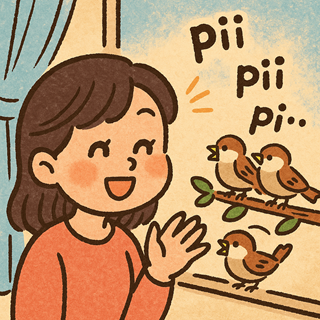
Example 2: Kettle whistling
The water boiled,
and the kettle began to sing —
pii pii!
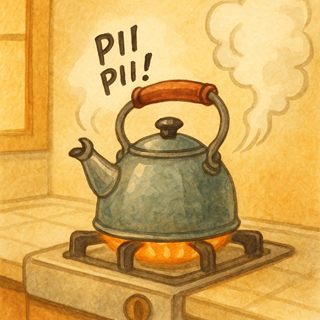
Cultural Note
In English, you might say:
“chirp chirp” or “beep beep.”
But “pii pii” carries a more delicate and continuous tone —
it can sound cute or urgent, depending on the context.
It’s a great example of how Japanese captures both the sound and feeling of an action.
Watch & Feel the “Pii Pii” World!
Owl family saying Pii Pii
Try Using It!
When you hear birds in the park,
a kettle on the stove,
or an alarm calling for attention —
say softly or playfully:
Pii pii〜

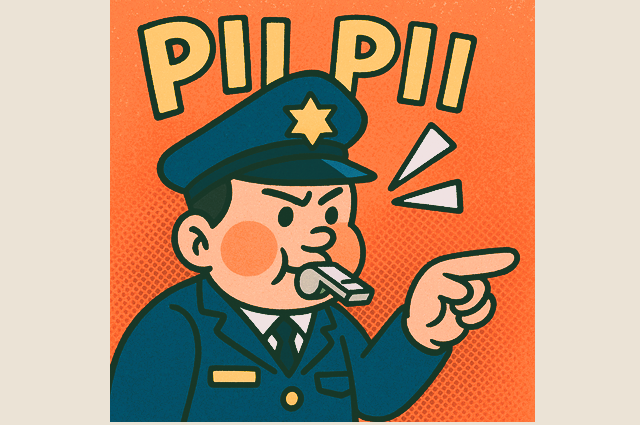
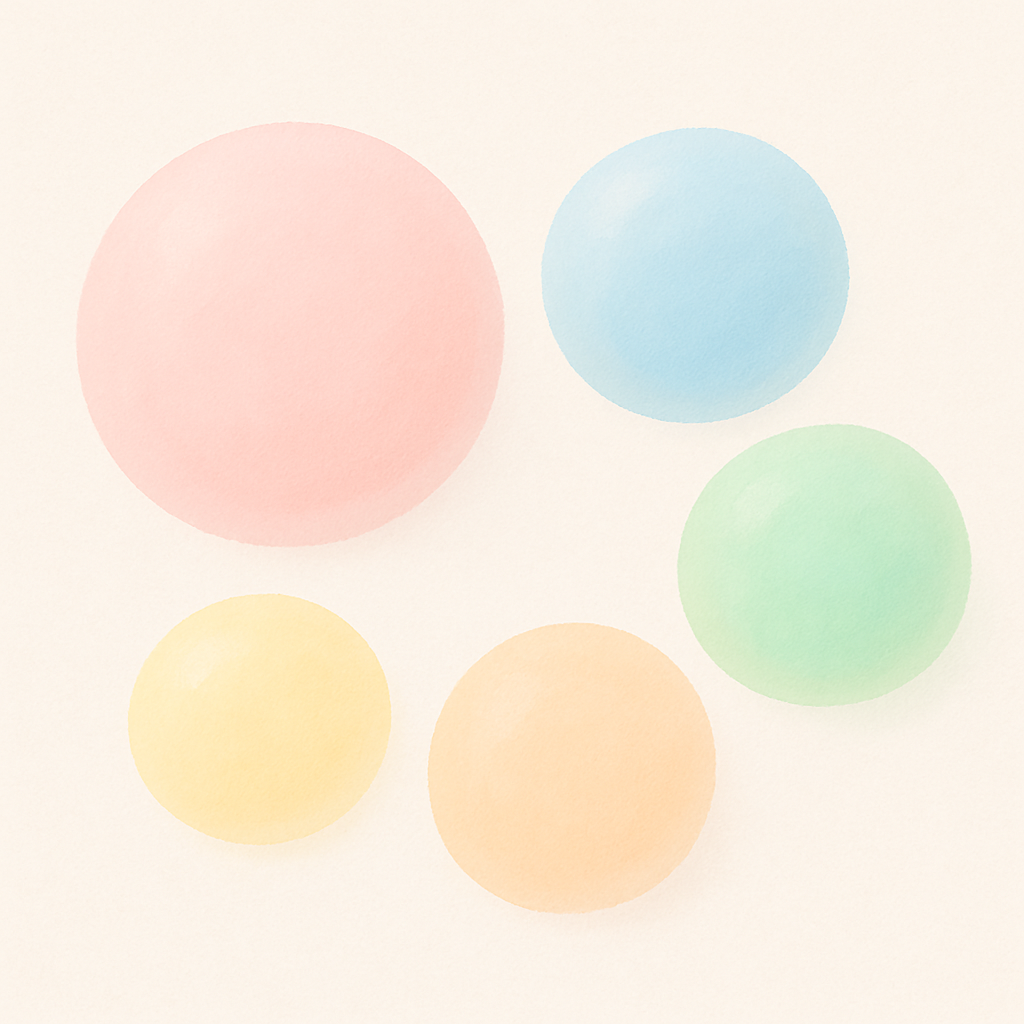

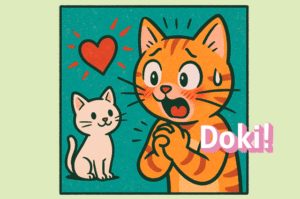
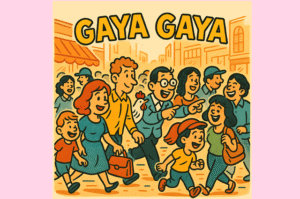

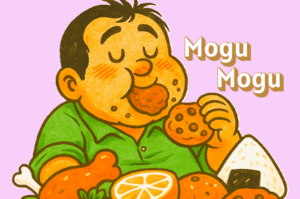

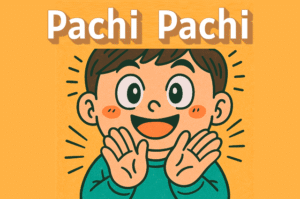
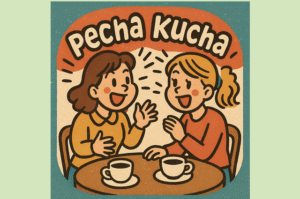

Comments